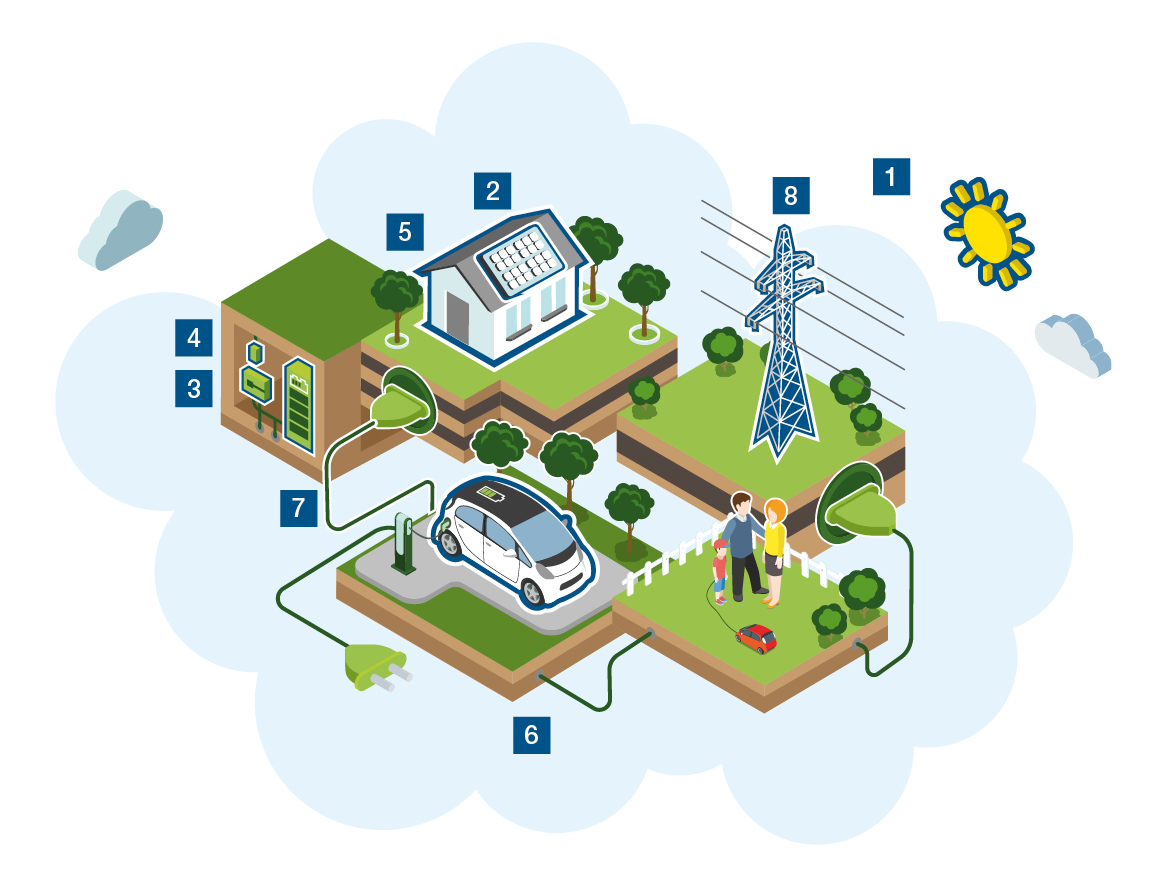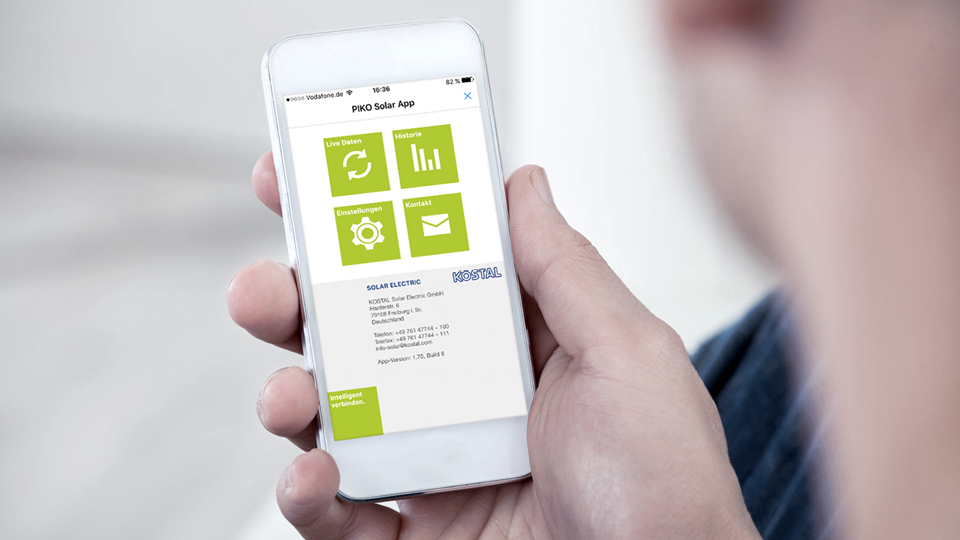
Greater independence, lower energy costs: Solar power with the PLENTICORE plus
Producing and storing cheap electricity without being dependent on electricity suppliers and in an environmentally friendly way - this is not a vision of the future. With the PLENTICORE plus hybrid inverter, the self-generated solar energy can not only be used directly: If there is a surplus of solar energy, it can be temporarily stored in a connected battery storage unit and consumed at a later time.
How photovoltaics work



